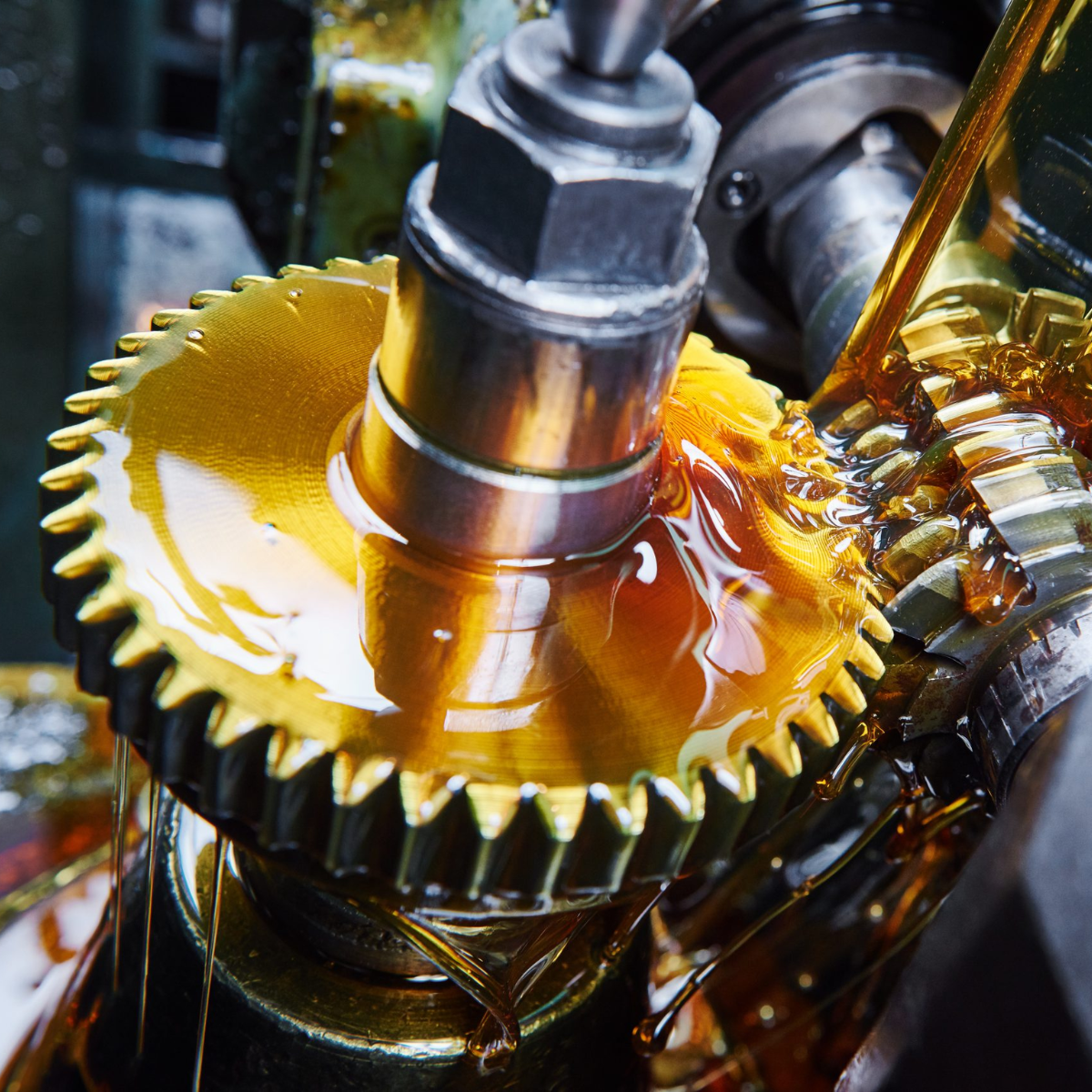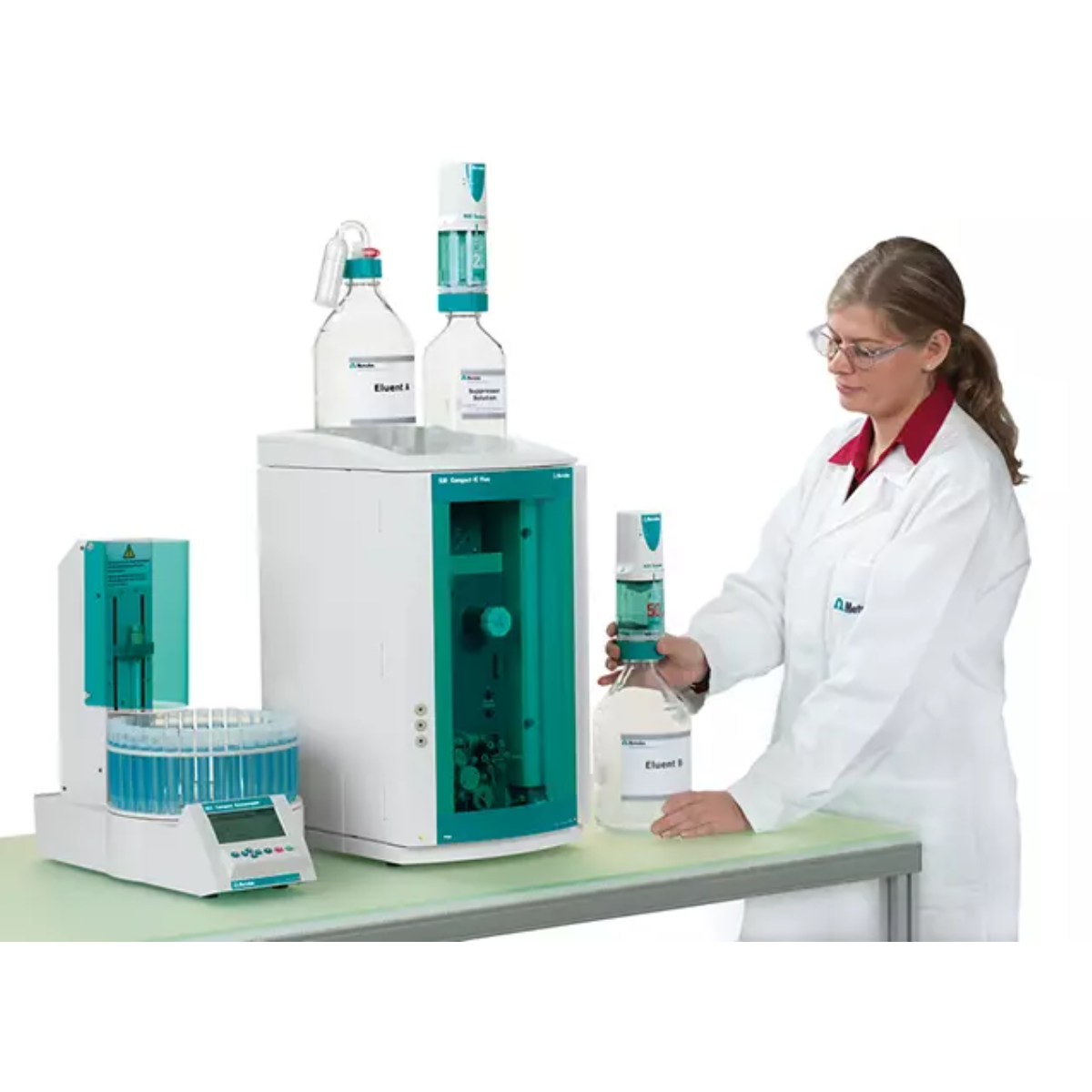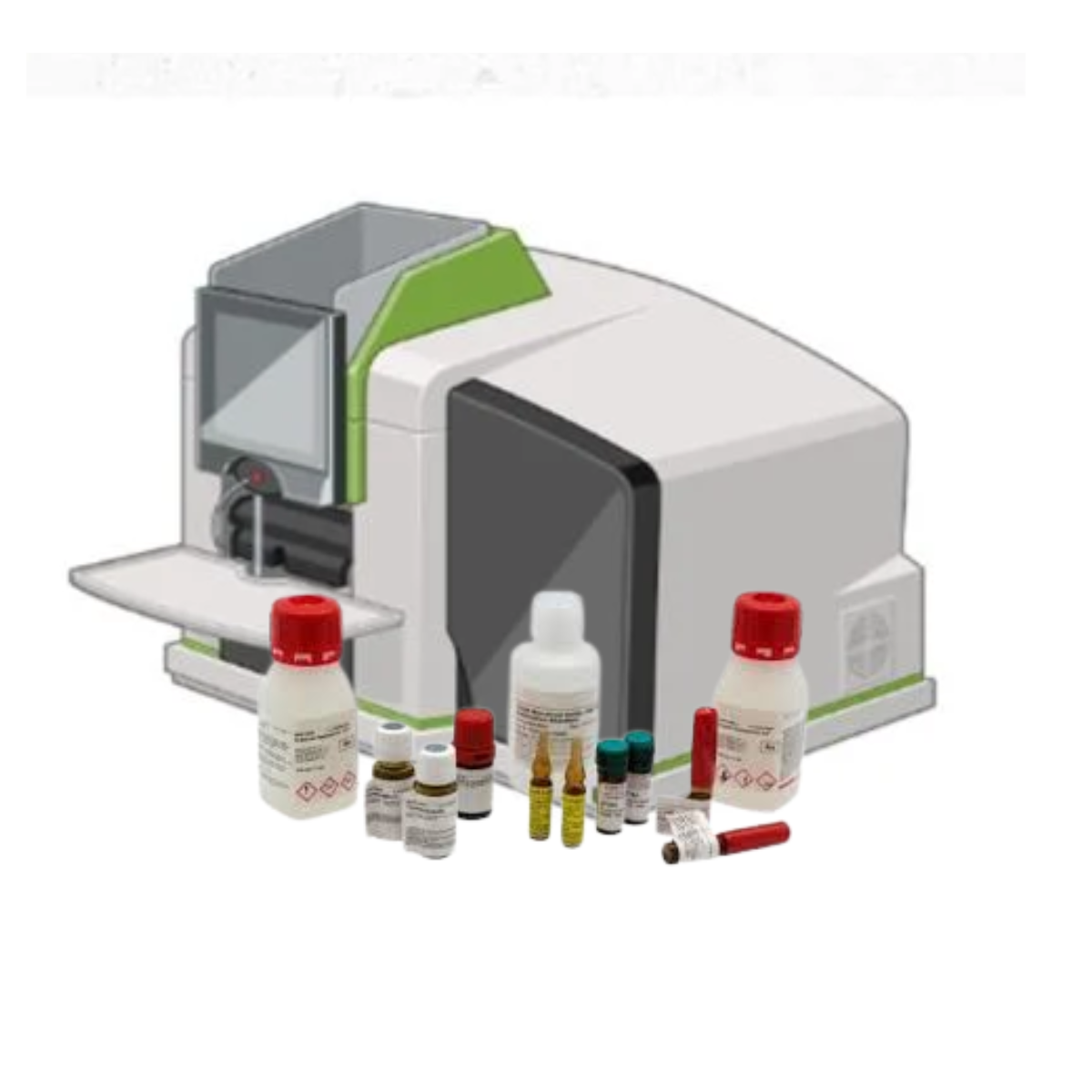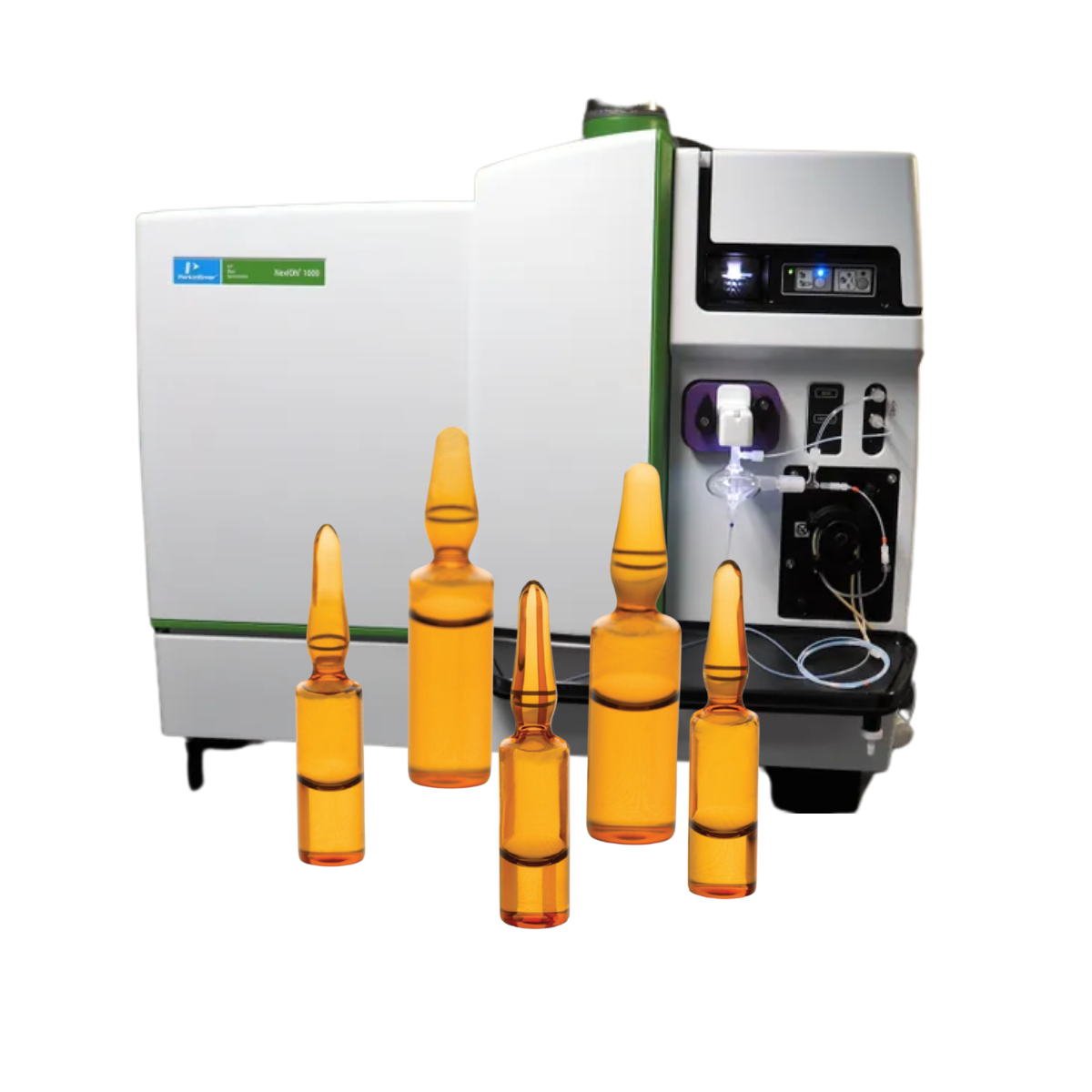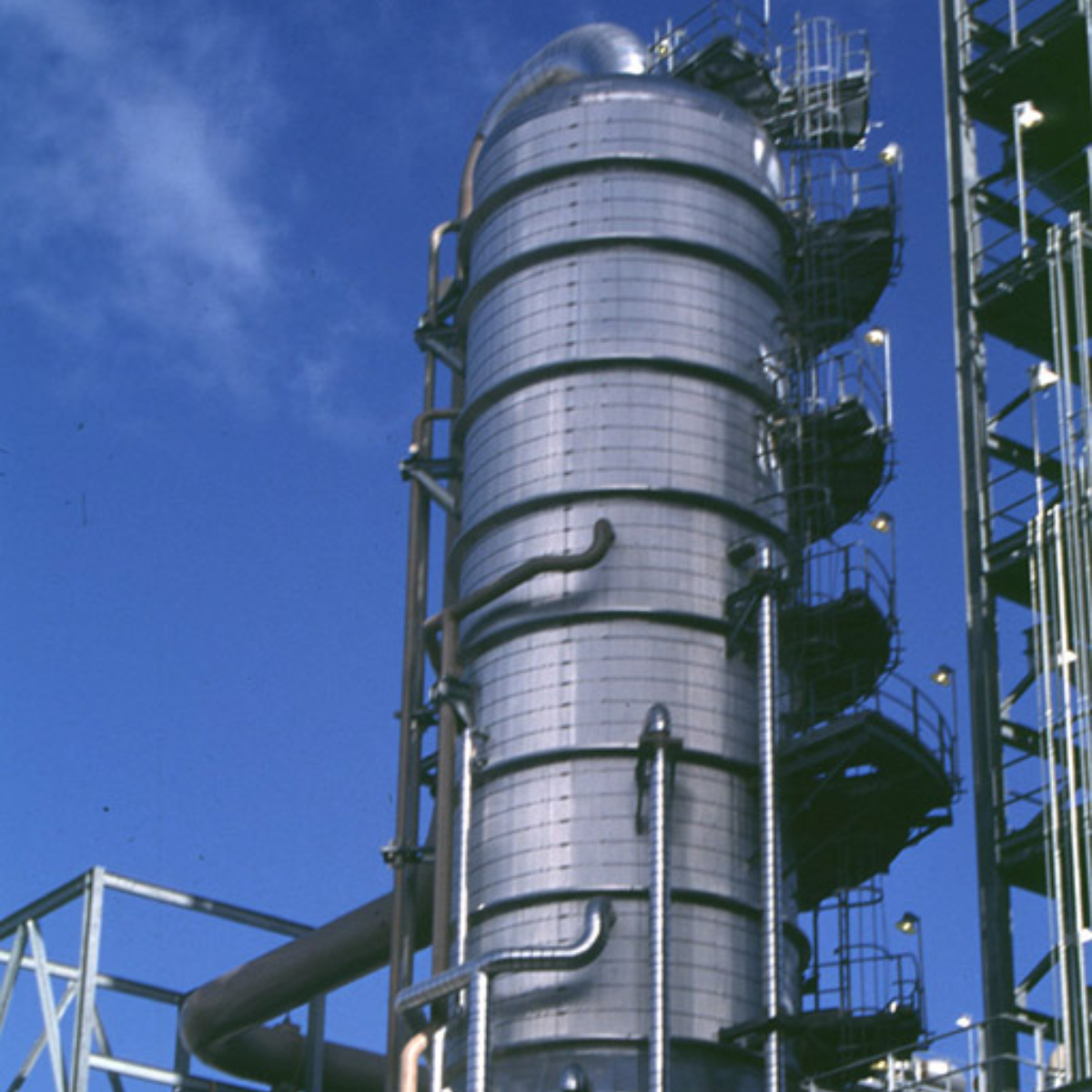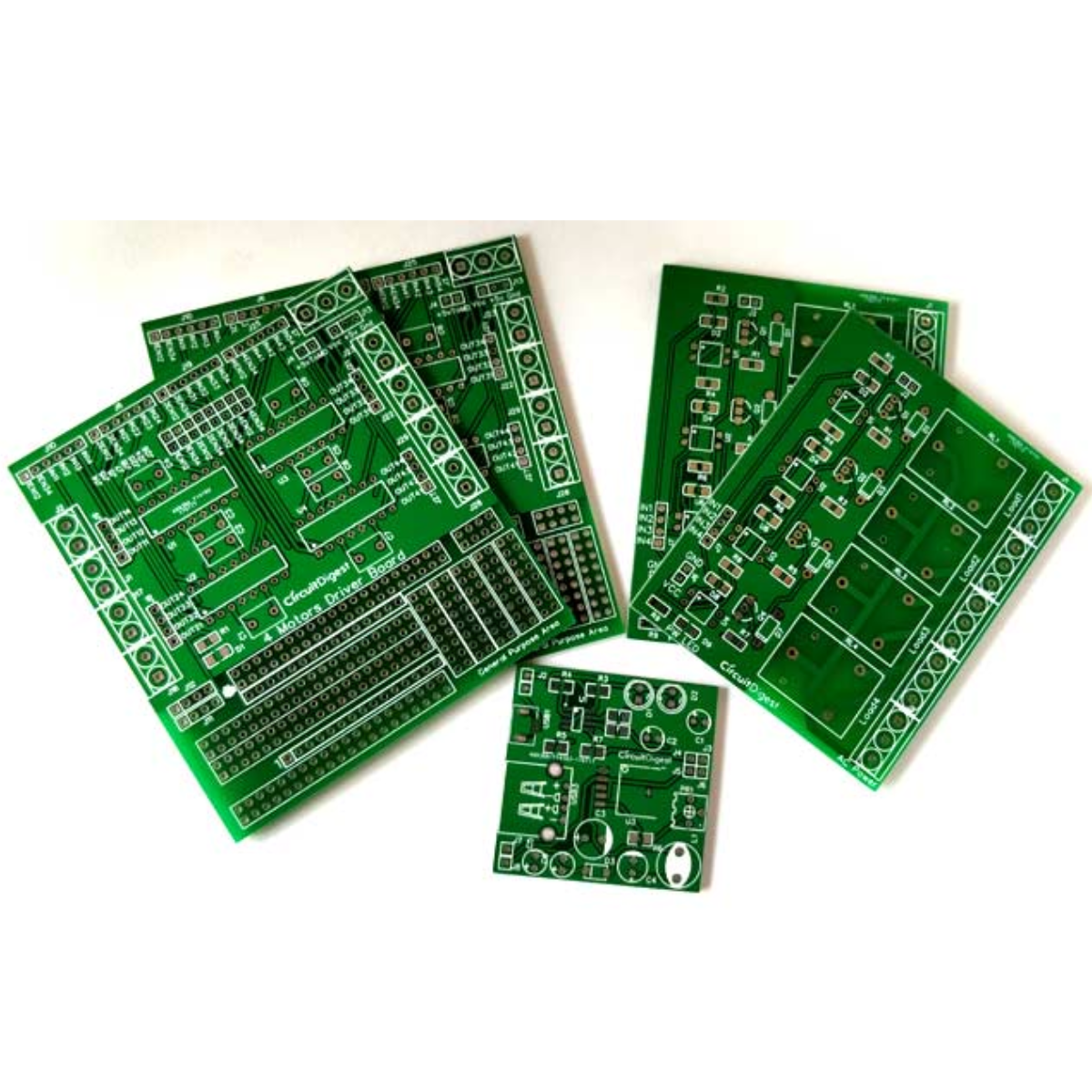Types of lab electrical requirements

The Crucial Role of Electrical Systems in Laboratory Operations
The scientific world thrives on meticulous experimentation and precise data collection, and laboratories serve as the bedrock of this endeavor. Within these controlled environments, a myriad of sophisticated instruments and equipment are employed to unravel the mysteries of nature, develop groundbreaking technologies, and advance human knowledge. However, the smooth operation of these instruments and the safety of the laboratory personnel hinge on a critical element often overlooked: electrical systems.

While the focus often falls on the cutting-edge technologies and groundbreaking discoveries that emerge from laboratories, the underlying infrastructure that powers these advancements remains largely unseen. Yet, the reliability and efficiency of laboratory electrical systems are paramount to the success of any scientific endeavor. From the delicate power requirements of sensitive analytical instruments to the robust electrical demands of high-powered equipment, the electrical infrastructure plays a pivotal role in ensuring the accuracy, precision, and safety of laboratory operations.
The complexity of modern laboratories, with their diverse array of equipment and instruments, necessitates a comprehensive understanding of electrical requirements. A lack of awareness regarding these requirements can lead to a cascade of problems, ranging from equipment malfunctions and data inaccuracies to safety hazards and costly downtime. This article delves into the intricacies of laboratory electrical systems, exploring the various types of electrical needs, the importance of proper design and installation, and the critical role of ongoing maintenance in ensuring optimal performance and safety.
By shedding light on the often-overlooked aspects of laboratory electrical systems, this article aims to empower lab technicians, project managers, procurement managers, and C-suites in the scientific industry to make informed decisions regarding electrical infrastructure. This knowledge will enable them to optimize laboratory operations, enhance safety, and ultimately contribute to the advancement of scientific research and technological innovation.
Electrical Systems in Laboratories: A Comprehensive Guide
The smooth operation of any laboratory, from a small research facility to a large-scale pharmaceutical company, hinges on the reliability and efficiency of its electrical systems. These systems power a wide array of equipment, instruments, and processes, all of which are crucial for conducting experiments, analyzing data, and achieving scientific breakthroughs. However, the unique demands of a laboratory environment, with its specialized equipment, sensitive instruments, and potential hazards, necessitate a thorough understanding of the specific electrical requirements and considerations.
This comprehensive guide delves into the intricacies of electrical systems in laboratories, providing a detailed overview of the various aspects that contribute to their safe and efficient operation. We will explore the fundamental principles of electrical design, the specific requirements for different types of laboratory equipment, the importance of safety protocols, and the latest advancements in electrical technologies that are transforming the laboratory landscape.
Understanding the Fundamentals of Electrical Systems
Before delving into the specific requirements of laboratory electrical systems, it is essential to establish a foundational understanding of the fundamental principles that govern their operation. Electrical systems are designed to deliver electrical energy from a source, such as a power grid or a generator, to various loads, which are the devices that consume this energy. The flow of electrical energy is facilitated by conductors, typically made of copper or aluminum, which provide a path for electrons to travel. The movement of these electrons creates an electrical current, measured in amperes (A), which is the rate of flow of electrical charge.
The electrical potential difference, or voltage, measured in volts (V), represents the driving force that pushes electrons through the conductor. The resistance, measured in ohms (Ω), is a measure of how much a material opposes the flow of electrical current. These three fundamental quantities – current, voltage, and resistance – are interconnected by Ohm's Law, which states that the current flowing through a conductor is directly proportional to the voltage applied across its ends and inversely proportional to the resistance of the conductor.
Electrical systems are typically designed using a combination of alternating current (AC) and direct current (DC). AC power, which is the most common type of electricity used in homes and businesses, involves the periodic reversal of the direction of current flow. DC power, on the other hand, involves a constant flow of current in one direction. The choice between AC and DC power depends on the specific requirements of the equipment and the overall design of the electrical system.
Specific Electrical Requirements for Laboratory Equipment
Laboratories are characterized by a diverse range of equipment, each with its own unique electrical requirements. These requirements can vary significantly depending on the type of equipment, its power consumption, and the specific applications it is designed for. It is crucial to understand these requirements to ensure that the electrical system is adequately designed to meet the needs of all laboratory equipment.
High-Voltage Equipment
Many laboratory instruments, such as electron microscopes, X-ray machines, and high-powered lasers, operate at high voltages. These instruments require specialized electrical circuits and safety measures to prevent electrical hazards. High-voltage equipment typically operates at voltages above 1,000 volts, and it is essential to ensure that the electrical system is properly grounded and that all safety protocols are strictly adhered to.
Sensitive Instruments
Laboratories also house a wide array of sensitive instruments, such as analytical balances, spectrophotometers, and chromatography systems. These instruments require stable and reliable power sources to ensure accurate and reproducible results. Power fluctuations or interruptions can significantly impact the performance of these instruments, leading to inaccurate measurements and compromised data. Therefore, it is crucial to provide these instruments with dedicated power circuits that are protected from voltage fluctuations and power outages.
General Laboratory Equipment
In addition to high-voltage equipment and sensitive instruments, laboratories also rely on a wide range of general laboratory equipment, such as refrigerators, incubators, centrifuges, and stirrers. While these devices may not require the same level of electrical sophistication as high-voltage equipment or sensitive instruments, they still require reliable power sources to operate effectively. It is essential to ensure that the electrical system is designed to accommodate the power requirements of all general laboratory equipment.
Safety Considerations for Laboratory Electrical Systems
The safety of laboratory personnel and the integrity of the research environment are paramount considerations in the design and operation of laboratory electrical systems. Electrical hazards can arise from a variety of sources, including faulty wiring, overloaded circuits, and improper grounding. It is essential to implement comprehensive safety protocols to mitigate these risks and ensure a safe working environment.
Grounding
Grounding is a critical safety feature that provides a path for electrical current to flow to the earth in the event of a fault. This prevents electrical shock and reduces the risk of fire. All laboratory equipment should be properly grounded to ensure that electrical current is safely diverted away from personnel and equipment.
Circuit Breakers
Circuit breakers are safety devices that interrupt the flow of electrical current when an overload or short circuit occurs. This prevents overheating and potential fires. Circuit breakers should be installed in all laboratory electrical circuits to protect equipment and personnel from electrical hazards.
Electrical Safety Training
All laboratory personnel should receive comprehensive electrical safety training. This training should cover topics such as the identification of electrical hazards, the proper use of electrical equipment, and emergency procedures in the event of an electrical accident. Regular safety drills and refresher courses should be conducted to reinforce safety protocols and ensure that all personnel are aware of the potential risks and how to mitigate them.
Advancements in Laboratory Electrical Technologies

The field of electrical technology is constantly evolving, and new advancements are emerging that are transforming the laboratory landscape. These advancements are improving the efficiency, reliability, and safety of laboratory electrical systems, while also enabling new capabilities and applications.
Uninterruptible Power Supplies (UPS)
UPS systems provide a backup power source in the event of a power outage. This is particularly important for laboratories that rely on sensitive equipment that cannot tolerate power interruptions. UPS systems typically use batteries to provide a continuous power supply for a specified duration, allowing equipment to operate uninterrupted until power is restored.
Power Monitoring Systems
Power monitoring systems provide real-time data on the electrical parameters of the laboratory, such as voltage, current, and power consumption. This data can be used to identify potential problems, optimize energy efficiency, and ensure the safe and reliable operation of electrical systems.
Smart Grid Technologies
Smart grid technologies are transforming the way electricity is generated, distributed, and consumed. These technologies enable greater control and efficiency in electrical systems, allowing laboratories to optimize energy consumption and reduce costs. Smart grid technologies also enhance the reliability and resilience of electrical systems, making them less susceptible to disruptions.
Conclusion
The electrical systems in laboratories play a vital role in supporting scientific research and innovation. By understanding the fundamental principles of electrical design, the specific requirements of laboratory equipment, and the importance of safety protocols, laboratories can ensure that their electrical systems are safe, reliable, and efficient. Advancements in electrical technologies are further enhancing the capabilities and performance of laboratory electrical systems, enabling new possibilities for scientific discovery and innovation.
Understanding the Importance of Electrical Systems in Laboratory Operations

In the realm of scientific research and development, laboratories serve as the bedrock of innovation, where groundbreaking discoveries and technological advancements take shape. The seamless functioning of these laboratories hinges on a robust and reliable electrical infrastructure, which underpins the operation of sophisticated equipment, intricate experiments, and the overall safety of personnel. This article has delved into the intricate world of lab electrical requirements, exploring the diverse types of electrical systems employed in laboratories, their specific applications, and the critical considerations for ensuring safe and efficient operations.
From the power supply that fuels high-performance analytical instruments to the intricate wiring that connects sensitive equipment, every aspect of the electrical infrastructure plays a pivotal role in the success of laboratory endeavors. The article has highlighted the importance of understanding the unique electrical demands of different laboratory settings, ranging from basic research labs to specialized facilities like clinical laboratories and pharmaceutical manufacturing plants.
The article has emphasized the paramount importance of adhering to stringent safety protocols and industry standards when designing, installing, and maintaining laboratory electrical systems. The potential hazards associated with electrical malfunctions in a laboratory environment cannot be overstated, as they can lead to equipment damage, data loss, and even serious injuries.
The article has also shed light on the crucial role of proper grounding and bonding in mitigating electrical hazards. These measures serve as essential safeguards against electrical shocks, ensuring the safety of personnel and the integrity of sensitive equipment.
Furthermore, the article has underscored the significance of regular electrical inspections and maintenance programs. These proactive measures help identify potential electrical issues before they escalate into major problems, preventing costly downtime and ensuring the continued smooth operation of laboratory activities.
In conclusion, a comprehensive understanding of lab electrical requirements is essential for ensuring the safety, efficiency, and reliability of laboratory operations. By adhering to industry best practices, implementing robust safety protocols, and prioritizing regular maintenance, laboratories can create a secure and conducive environment for scientific exploration and advancement.
To support your laboratory's needs, IT Tech offers a bouquet of services and products designed to enhance your electrical infrastructure. Our offerings include:
- Custom Electrical System Design: Tailored solutions to meet the unique demands of your laboratory.
- Installation and Upgrades: Expert installation and system upgrades to ensure optimal performance.
- Regular Maintenance and Inspections: Proactive maintenance programs to prevent issues before they arise.
- Safety Audits and Compliance: Comprehensive safety audits to ensure adherence to industry standards and regulations.
- Emergency Support Services: Rapid response to electrical emergencies to minimize downtime and protect your operations.
Our team of experienced professionals is dedicated to providing high-quality services that ensure the safety, efficiency, and reliability of your laboratory's electrical systems.
Submit an enquiry to IT Tech today to learn more about how we can support your laboratory operations and help you maintain a safe and productive research environment.
Click here to submit an enquiry: Click Here
Products You may Like
Check out other IT- Tech product that suit your taste
Subscribe to our newsletter
Stay updated with IT-Tech Insights
Related posts
Check out other IT- Tech Scientific Resources
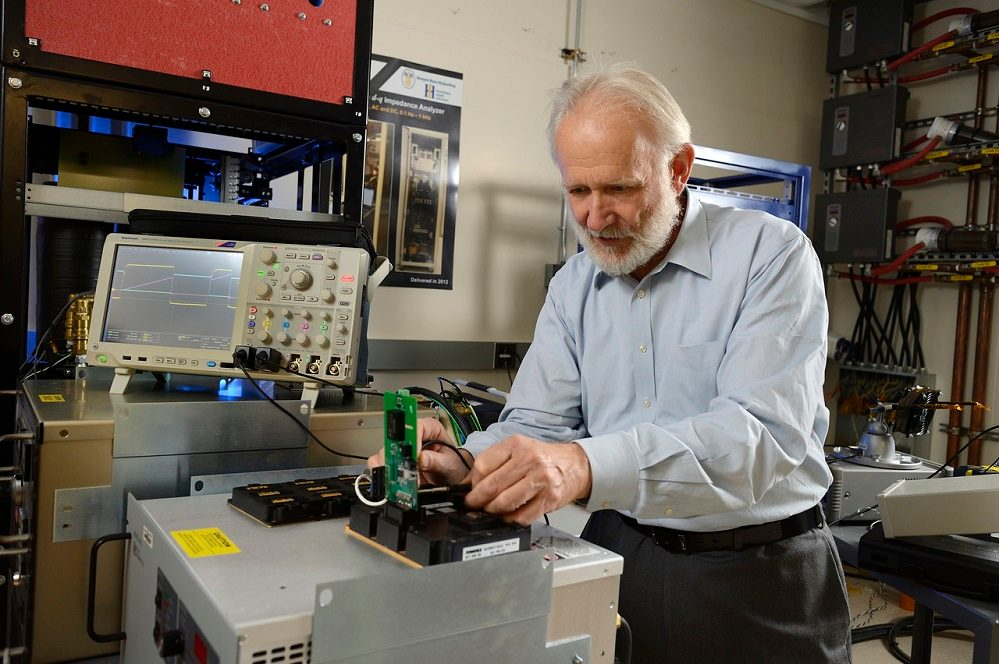
Resolving wiring and grounding issues
Electrical issues can disrupt your lab's workflow and compromise safety. This article focuses on troubleshooting wiring and grounding problems, common culprits behind electrical malfunctions. We'll cover identifying signs of faulty wiring, diagnosing grounding issues, and implementing safe and effective solutions. Whether you're dealing with intermittent power outages, electrical shocks, or equipment malfunctions, this guide will equip you with the knowledge to resolve these problems efficiently and ensure a safe and reliable lab environment.

Resolving fire suppression system failures
Fire suppression systems are critical for protecting lives and property in the event of a fire. However, these systems can sometimes malfunction, leading to potential safety hazards. This article provides a step-by-step guide to troubleshooting fire suppression system failures. We cover common issues such as faulty sensors, blocked nozzles, and low pressure. We also discuss the importance of regular maintenance and inspection to prevent failures and ensure optimal performance. By following the troubleshooting steps outlined in this article, you can quickly identify and resolve problems with your fire suppression system, ensuring the safety of your facility and its occupants.

Specialty lab water treatment requirements
This article provides a comprehensive comparison of various lab wastewater treatment methods, including chemical, biological, and physical techniques. We delve into the advantages and disadvantages of each method, considering factors such as efficiency, cost, and environmental impact. The article also discusses the importance of complying with regulations and ensuring the safety of lab wastewater discharge. By understanding the different treatment options, researchers can make informed decisions about the most suitable method for their specific needs and contribute to responsible waste management practices.


